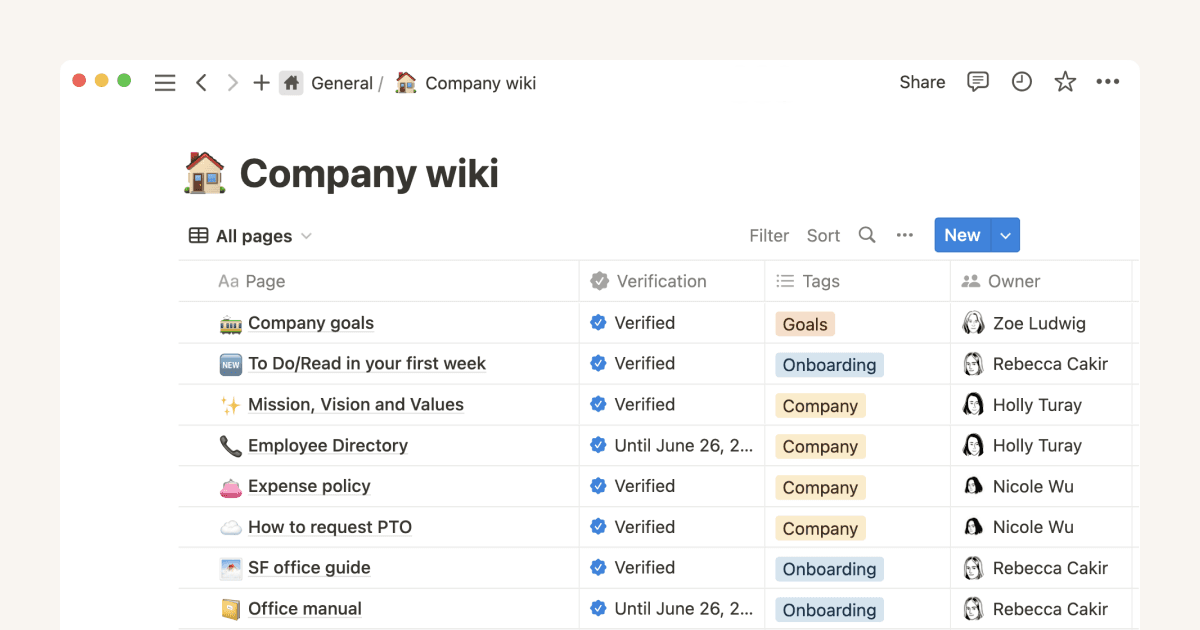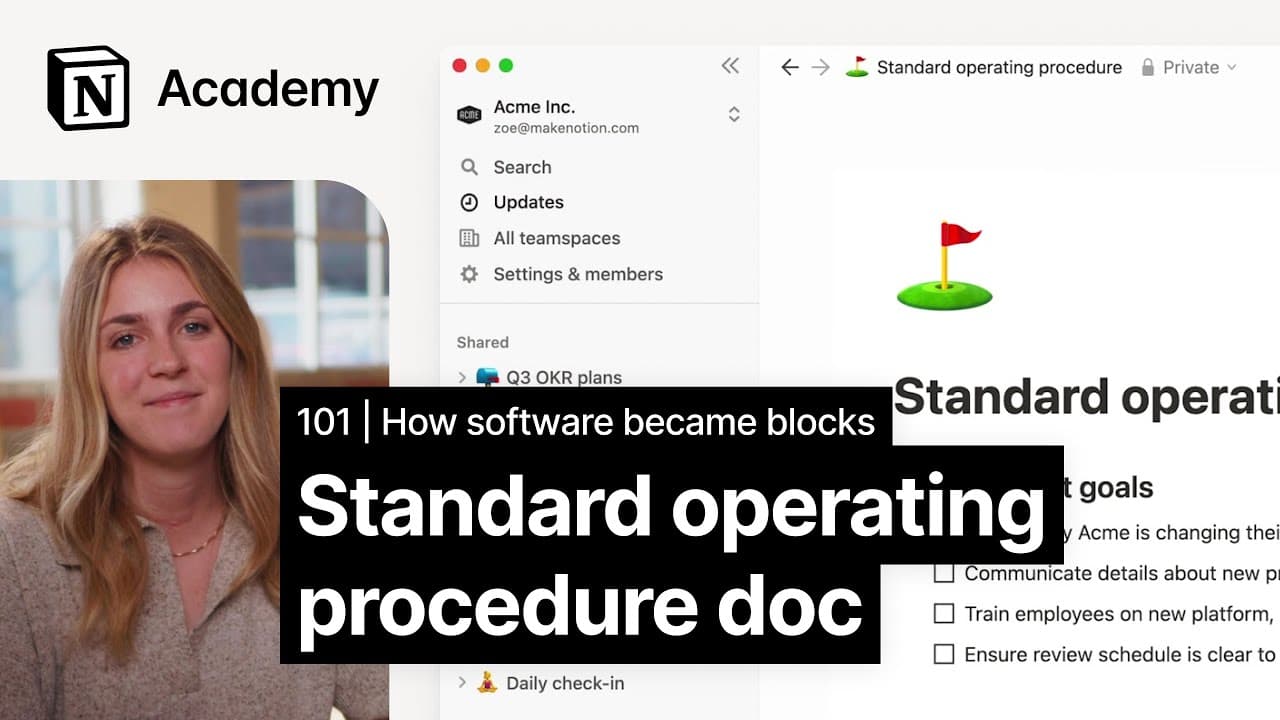Cellarman SOPs

About this template
This template contains Standard Operating Procedures (SOPs) for various cellarman tasks in a brewery, focusing on maintaining quality and consistency in beer production. SOP 1 details the receiving and storing of raw materials like hops, malt, and yeast, emphasizing inspection and proper storage conditions to prevent contamination. SOP 2 outlines the procedures for cleaning and sanitizing brewery equipment, including fermentation tanks, kegs, and hoses, using caustic and acid cleaners, as well as sanitizing solutions. It also specifies the importance of personal protective equipment (PPE) and record-keeping.
SOP 3 focuses on yeast handling and storage, covering receiving, inspecting, and storing yeast, as well as harvesting, propagation, and pitching. It highlights the need to maintain correct temperatures and conduct viability tests. SOP 4 describes milling and mashing procedures, including grain preparation, mash-in, rest, lautering, and cleanup, with an emphasis on temperature control and iodine tests to ensure proper starch conversion. SOP 5 details fermentation monitoring and management, including temperature control, gravity readings, and troubleshooting issues like stuck or rapid fermentation, as well as cold crashing and preparing for transfer.
SOP 6 outlines beer transfer and racking procedures, focusing on sanitary and oxygen-free transfers between vessels using CO₂ purging and low-pressure systems. SOP 7 covers kegging and carbonation procedures, including keg cleaning, force and slow carbonation methods, keg filling, and final quality checks. SOP 8 describes barrel aging and specialty beer handling, including barrel preparation, filling, aging, monitoring, and emptying, as well as handling specialty ingredients. SOP 9 details draft system maintenance and troubleshooting, covering routine and deep cleaning, faucet and coupler maintenance, CO₂ and nitrogen level checks, and troubleshooting dispensing issues.
Finally, SOP 10 focuses on quality control and sensory analysis throughout the brewing process, including raw material inspection, fermentation monitoring, post-fermentation testing, sensory panel evaluations, and microbiological/chemical testing. It also covers addressing quality issues, documentation, and continuous improvement. The document provides comprehensive guidelines for cellar staff to ensure consistent beer quality, prevent contamination and oxidation, and maintain equipment.













